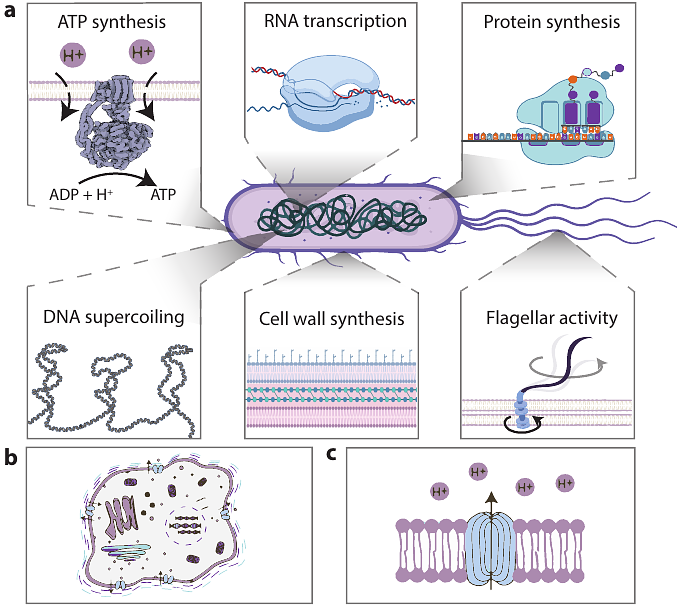Prospects and Challenges for Graphene Drums As Sensors Of Individual Bacteria

Prospects and Challenges for Graphene Drums As Sensors Of Individual Bacteria
Roslon, I.; Japaridze, A.; Naarden, L.-V.; Smeets, L.; Dekker, C.; van Belkum, A.; Steeneken, P.; Alijani, F.
AbstractGraphene-drum-enabled nanomotion detection can play an important role in probing life at the nanoscale. By combining micro- and nanomechanical systems with optics, nanomotion sensors bridge the gap between mechanics and cellular biophysics. They have allowed investigation of processes involved in metabolism, growth, and structural organisation of a large variety of microorganisms, ranging from yeasts to bacterial cells. Using graphene drums, these processes can now be resolved at the single-cell level. In this perspective, we discuss the key achievements of nanomotion spectroscopy, and peek forward into the prospects for application of this singlecell technology in clinical settings. Furthermore, we discuss the steps required for implementation and look into applications beyond microbial sensing.